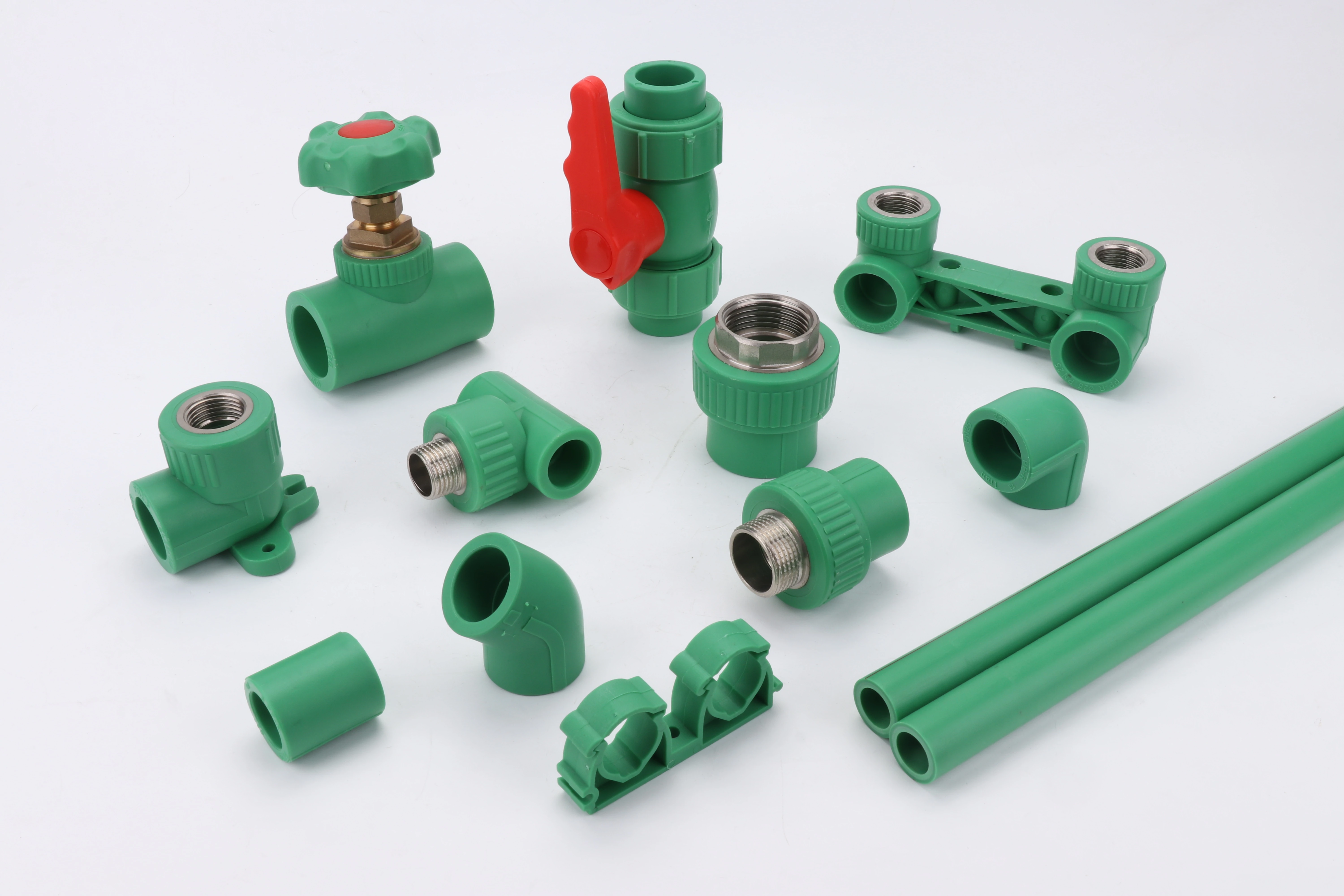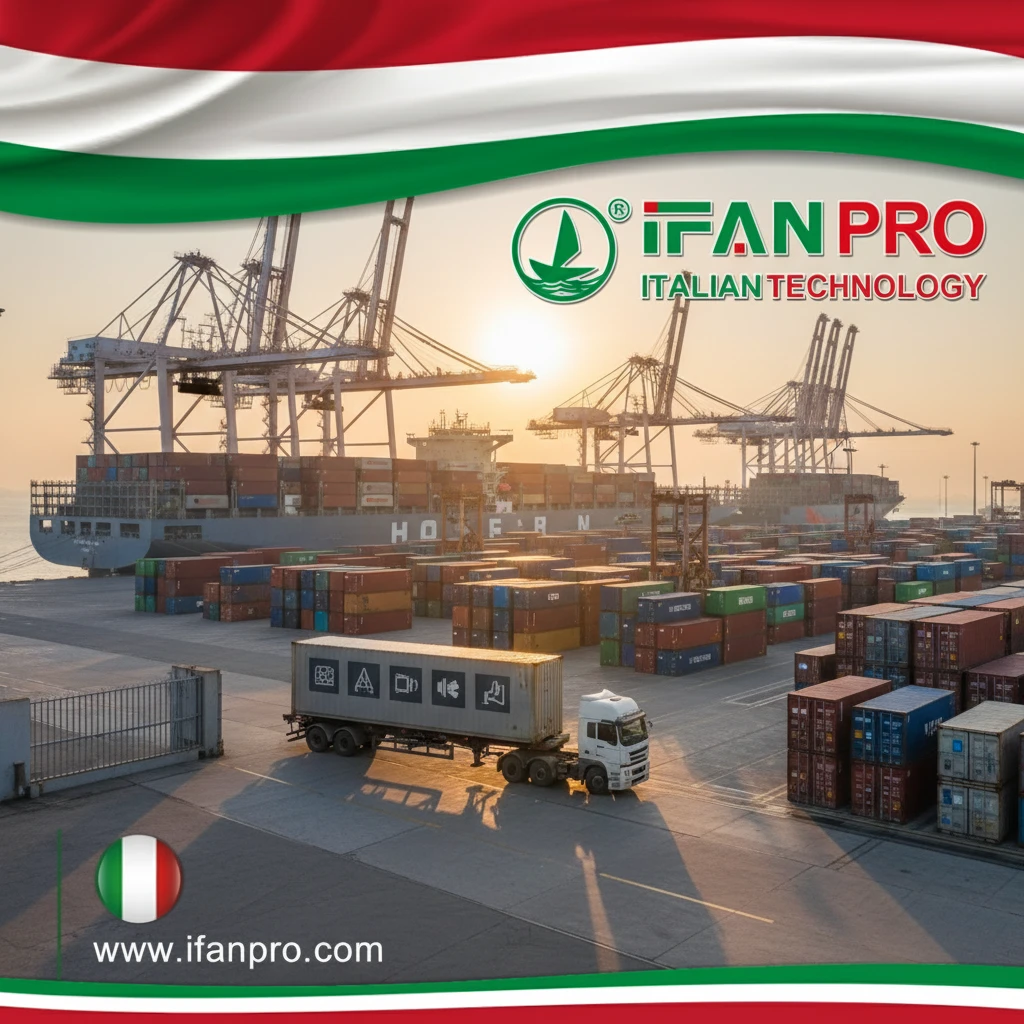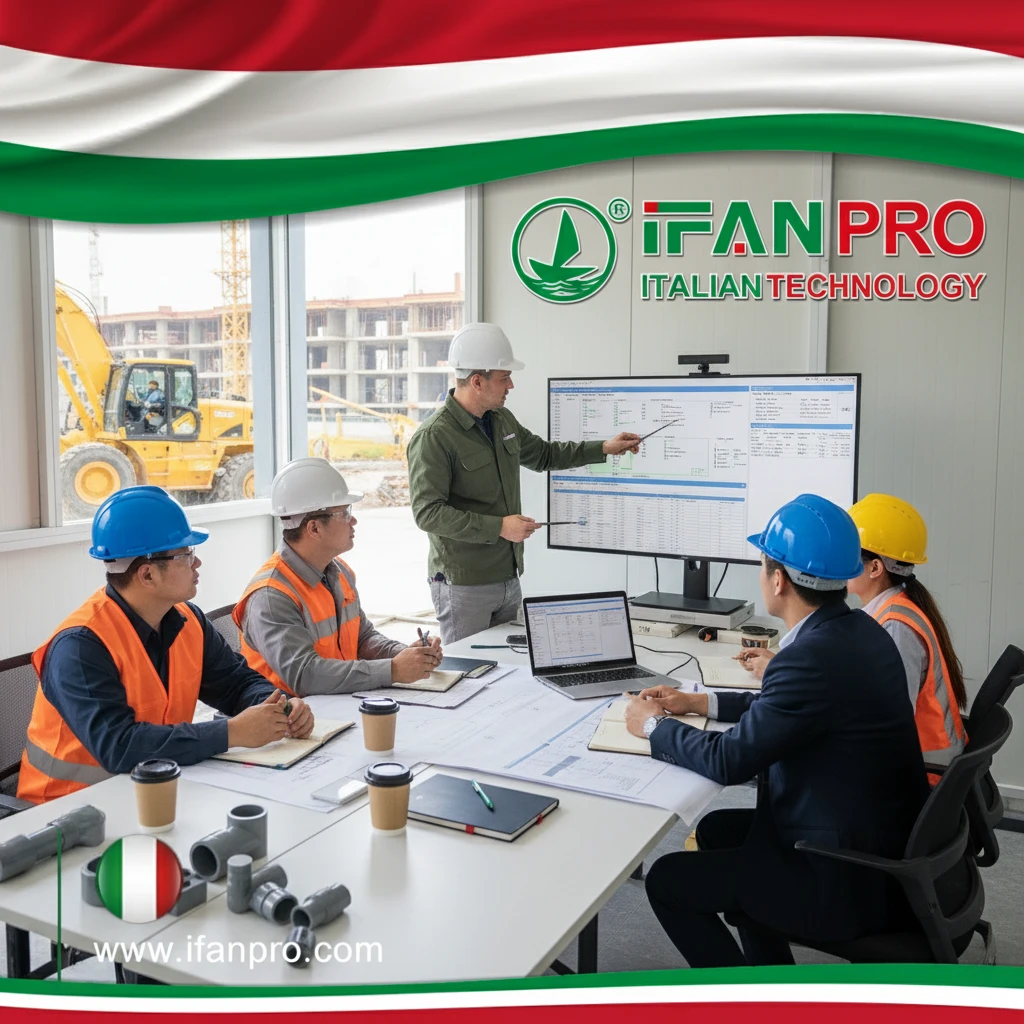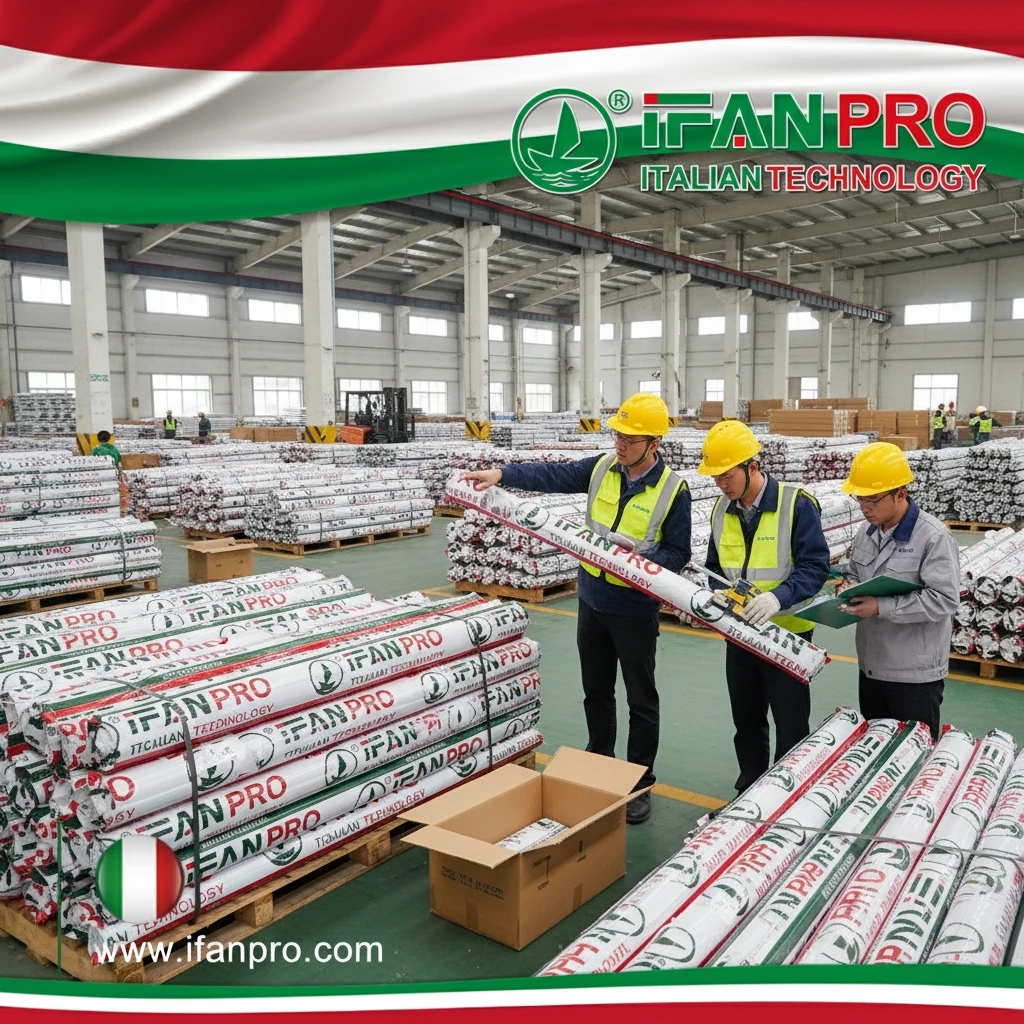While managing a large apartment complex retrofit, I directly compared PVC and PPR drainage systems in identical building wings. The PVC installation finished two weeks earlier and cost 30% less, while demonstrating superior performance in handling solid waste and resisting chemical attack from household cleaners.
PVC outperforms PPR for drainage applications due to significant cost advantages, simpler installation processes, superior chemical resistance against common wastewater elements, and better performance in solid waste transport. These factors combine to make PVC the preferred choice for drainage systems where value, durability, and maintenance accessibility are primary considerations.
Understanding the specific advantages of each material helps professionals make informed decisions that optimize both initial investment and long-term performance. Let’s examine the key factors that make PVC the superior choice for drainage applications.
What Cost Advantages Does PVC Offer Compared to PPR for Drainage Systems?
After implementing both materials across multiple projects, our cost tracking revealed that PVC drainage systems provided 25-40% savings compared to PPR equivalents. These savings came from material costs, installation labor, and reduced need for specialized tools.
PVC drainage systems cost 30-50% less than PPR systems initially, with additional savings from faster installation and lower tool investments. PVC fittings cost approximately 40% less than PPR equivalents, while the simpler joining process reduces labor time by 25-35% compared to PPR’s heat fusion requirements.

Comprehensive Cost Analysis
The financial advantages of PVC extend across multiple project aspects:
Material Cost Comparison
PVC raw material costs are significantly lower due to simpler manufacturing processes and broader market availability. A typical 4-inch PVC DWV pipe costs approximately 60% less than an equivalent PPR pipe. Similarly, PVC fittings and connectors show even greater savings, with common fittings costing 40-50% less than their PPR counterparts.
Installation Labor Economics
PVC’s solvent cement joining process requires less skilled labor compared to PPR’s heat fusion technique. Our time-motion studies show PVC drainage installation proceeds 25-35% faster than equivalent PPR systems. This labor efficiency translates to direct cost savings and earlier project completion.
Tool and Equipment Savings
PVC installation requires only basic tools—cutters, deburring tools, and application brushes—while PPR requires specialized fusion welders costing $300-$800. The table below illustrates the cost differences:
| Cost Factor | PVC System | PPR System | Savings Advantage |
|---|---|---|---|
| Pipe Material | $0.50-$1.50/ft | $1.50-$3.00/ft | 50-60% savings |
| Fittings | $1-$10 each | $3-$20 each | 40-60% savings |
| Installation Tools | <$100 | $300-$800 | 70-85% savings |
| Labor Time | 25-35% faster | Baseline | Significant time savings |
How Does PVC Installation Simplicity Benefit Drainage Projects Versus PPR?
During a tight-deadline commercial project, our team completed the PVC drainage system three days ahead of schedule while the PPR plumbing team required overtime. The difference highlighted how PVC’s installation efficiency creates tangible project advantages.
PVC installation uses simple solvent cement joints that cure in minutes, while PPR requires precise heat fusion with specialized equipment and longer cooling periods. This simplicity allows less experienced installers to achieve reliable results with PVC, while PPR demands specialized training and careful quality control throughout the fusion process.
Installation Process Comparison
The practical differences between installation methods significantly impact project execution:
Joint Assembly Simplicity
PVC drainage systems utilize straightforward solvent welding that involves cleaning, priming, cement application, and immediate assembly. The joints achieve handling strength within 10-15 minutes and full cure within 2-8 hours depending on pipe size and conditions. This rapid process enables continuous workflow without significant delays.
PPR Fusion Complexity
PPR installation requires precisely controlled heat fusion with specific temperature parameters (260±5°C), exact heating durations based on pipe diameter, and mandatory cooling periods under no stress. This process demands specialized training to avoid common defects like cold joints, overheating, or bead obstruction that can compromise system integrity.
Accessibility and Skill Requirements
PVC installation can be successfully performed with basic training, while PPR fusion requires certified operators to ensure joint integrity. This difference becomes particularly important for maintenance and modifications, where PVC allows quick repairs by general maintenance staff while PPR typically requires specialized technicians.
Why Is PVC Chemical Resistance Superior for Wastewater Applications Than PPR?
A laboratory building drainage failure demonstrated PVC’s chemical advantages when PPR pipes deteriorated from continuous exposure to cleaning agents and chemical wastes. The replacement with chemical-resistant PVC resolved the chronic leakage issues permanently.
PVC demonstrates superior resistance to acids, alkalis, and organic solvents commonly found in wastewater, while PPR shows vulnerability to chlorinated hydrocarbons, aromatic solvents, and strong oxidizing agents. This makes PVC more suitable for drainage systems where chemical exposure from cleaning products, industrial wastes, or chemical processes is anticipated.
Chemical Performance Characteristics
The molecular structure of each material determines its chemical resistance:
Household and Commercial Wastewater
PVC maintains excellent resistance to common drainage contaminants including soaps, detergents, bleach solutions, and organic wastes. Its non-polar polymer structure provides inherent protection against aqueous chemical attack, making it ideal for residential, commercial, and institutional drainage applications.
Industrial and Specialized Applications
In industrial settings, PVC handles a wider range of chemical exposures without degradation. PPR, while resistant to many chemicals, shows susceptibility to certain hydrocarbons and oxidizing agents that may be present in industrial wastewater or cleaning processes.
Long-Term Chemical Aging
PVC demonstrates better retention of mechanical properties after prolonged chemical exposure. Accelerated aging tests show PVC maintains over 85% of original impact strength after extended wastewater exposure, while PPR shows greater degradation in certain chemical environments. Key differences include:
| Chemical Exposure | PVC Performance | PPR Performance | Practical Implication |
|---|---|---|---|
| Household Cleaners | Excellent resistance | Good resistance | Both suitable |
| Bleach Solutions | Excellent resistance | Good resistance | Both suitable |
| Organic Solvents | Good to excellent | Poor to fair | PVC superior |
| Acids/Alkalis | Excellent resistance | Good resistance | PVC slightly better |
| Oils/Greases | Good resistance | Fair resistance | PVC better choice |
Which Material Performs Better in Drainage Systems with Solid Waste Transport?
A food processing facility experienced chronic clogging in their PPR drainage lines, which resolved completely after switching to PVC. The smoother interior surface and optimized fitting designs prevented the solid accumulation that had plagued the PPR system.
PVC drainage systems provide superior solid waste transport due to smoother interior surfaces, optimized fitting designs that maintain flow velocity, and better resistance to abrasion from particulate matter. These characteristics reduce clogging incidents and maintain efficient waste transport throughout the system lifespan.
Hydraulic Performance Comparison
Several factors contribute to PVC’s superior waste transport capabilities:
Surface Characteristics and Flow Efficiency
PVC pipes exhibit exceptionally smooth interior surfaces with Hazen-Williams coefficients of 150-155, compared to 130-140 for PPR. This smoother surface reduces friction loss, maintains higher flow velocities at equivalent slopes, and helps prevent the deposition of solid materials that can lead to clogging.
Fitting Design Optimization
PVC drainage fittings are specifically engineered with sweep patterns and gradual transitions that maintain flow characteristics. The engineered wastewater transport geometry minimizes turbulence and eddy currents that can cause solids to separate from the flow stream and accumulate in the system.
Abrasion Resistance
PVC demonstrates excellent resistance to abrasion from suspended solids in wastewater. This characteristic is particularly valuable in applications transporting sand, grit, or other abrasive particles that can gradually degrade pipe interiors and reduce flow efficiency over time.
Maintenance and Reliability Factors
Long-term performance differences impact system operability:
Clogging Resistance
The combination of smooth interiors and optimized fitting geometry makes PVC systems less prone to clogging from hair, fibers, food particles, and other common drainage obstructions. This reduces maintenance requirements and prevents the backups that can cause property damage and operational disruptions.
Accessibility for Cleaning
When maintenance is required, PVC drainage systems are more accessible to standard drain cleaning equipment. The material’s impact resistance withstands mechanical cleaning methods better than PPR, which can be more susceptible to damage from drain snakes and other cleaning tools.
System Longevity
PVC drainage systems typically maintain their waste transport efficiency throughout their service life, while some plastic materials can experience gradual interior surface degradation that reduces hydraulic performance over time. This consistent performance ensures reliable operation for the entire system lifespan.
Conclusion
PVC demonstrates clear advantages over PPR for drainage applications through significant cost savings, simpler installation processes, superior chemical resistance, and better performance in solid waste transport. These benefits make PVC the preferred choice for residential, commercial, and industrial drainage systems where reliability, maintainability, and life-cycle cost efficiency are primary considerations.













Recent Comments